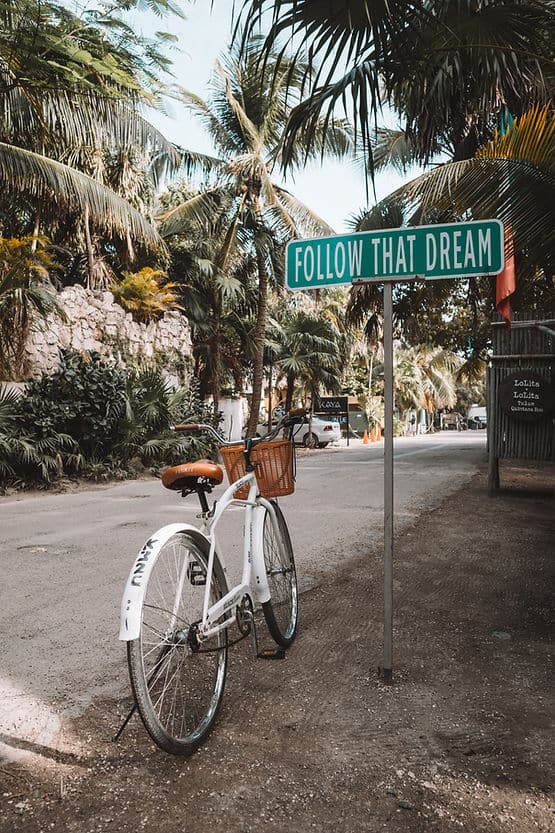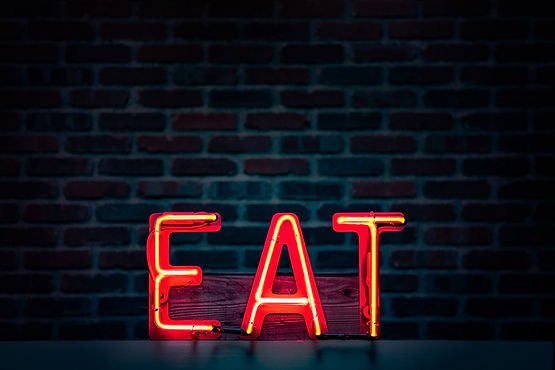3 Practical Tools for How to Deal with Emotions
When I first started learning about how to deal with emotions, I kept running into two camps:
Camp 1: F*ck (pardon me) your feelings.
This camp believed emotions led to impulsive behavior and unskillful reasoning. The best approach? Be cautious, listen sparingly, and treat them as outdated nervous system remnants.
Camp 2: Feel your feelings.
This camp believed in sitting with emotions—letting them exist and simply being with them.
Even in my early emotional learning, both extremes felt off. Emotions had to serve a purpose. Otherwise, why would we have them? But when I tried to sit with them, especially the uncomfortable ones, I felt like I was drowning.
There had to be a middle ground.
The Disconnect Between Emotions and Our Culture
As I kept reading, practicing, and floundering, I had to acknowledge something: We live in a culture that promotes extremes—especially intellectualizing everything and living in our heads.
Even fitness culture, which you’d think would encourage body awareness, often focuses more on intellect than bodily experience. Many of us were also raised to believe that certain emotions are “bad” and others “good.”
We become so fixated on avoiding feeling bad that we never actually learn how to deal with emotions.
My Personal Turning Point
Now, it’s probably no surprise that I’m a health psychologist, therapist, and coach. But my fascination with emotions didn’t start as curiosity—it started as necessity.
In the summer of 2000, at 19 years old, I trudged to Student Health at the University of Wyoming, urged by my mother. My blood work had come in, and I sat on a crunchy paper-covered bed in a frigid room, waiting.
The doctor entered briskly, looked at me with eyes as cold as the steel bed frame, and said, “Hi, Kori. I have your results… Kori, you’re killing yourself.”
I don’t remember what she said after that. My mom could tell you the exact number of my blood glucose—it was dangerously low—but I didn’t need numbers to confirm what I already knew. At 95 lbs, I was exercising four times a day, obsessing over grades, food, and workouts. But thinking about food didn’t mean I was eating it.
On the agonizing walk back to my dorm room, a thought struck me:
“You don’t want to die. You just don’t know how to live.”
Like a drumbeat with every step, I cried, “NO MORE! NO MORE! NO MORE!”
I had always been sensitive—attuned to microexpressions, body language, the emotions of others. But it felt like too much. In 8th grade, my peers even named me the Natural Helper. I journaled constantly, but I never thought, I feel so much, and I don’t know what to do with it!
That day, though, it became clear: I was drowning in emotions, and I had no idea how to deal with them. So I pushed them away, numbing myself through body obsession and food restriction. But the smaller I became, the bigger the emotions grew.
As the saying goes, what we resist, persists. Or, as The Fault in Our Stars put it, “Emotions will demand to be felt.”
And so, my journey into emotions began. I made a decision that day: I was going to understand emotions—and myself.
Why We Avoid Certain Emotions
If you’re like most of my clients, there are certain emotions you refuse to experience. Maybe for you, it’s sadness. Or shame. Or rejection, anger, or anxiety.
Raise your hand if there’s an emotion you try to avoid!
(Go, us!)
But avoiding emotions comes with real consequences: strained relationships, poor boundaries, depression, burnout, eating disorders, and a confused sense of self. I was living proof of that. Learning how to deal with emotions is essential to breaking this cycle and fostering emotional resilience.
So I want to share three lessons that helped me develop a healthier relationship with emotions—one that didn’t involve abandonment.
Lesson 1: Emotions Belong
You don’t have to like your emotions, but resisting them creates suffering. Do you know why they belong? Because they’re here.
What makes emotions so difficult isn’t the feeling itself—it’s what we believe about them.
Do any of these sound familiar?
This is bad!
I shouldn’t feel this way!
I should feel grateful!
Why am I so sensitive?!
The moment you decide an emotion shouldn’t be there, you tense up and lock it in. Accepting emotions as natural experiences—not as mistakes—helps loosen their grip.

Lesson 2: Soften
How many of you have had conflict in a relationship? (Right, who hasn’t!?)
Because relationships shape our happiness, any tension within them feels unbearable. Think back to the last difficult conversation you had with a partner, friend, or colleague. Close your eyes and visualize it:
- What do you notice in your body? Tightness? Buzzing? Heaviness? Did you feel yourself close off, like pulling up a drawbridge?
Now, try this:
Starting at the top of your head, slowly scan downward. Over your eyes, your chin, your shoulders… invite your body to soften.
I notice this every night when I lie down. My body is still slightly holding itself up—on alert. When I consciously allow myself to sink into the bed, my breathing deepens. My mind quiets.
When our bodies soften, we send a message to our nervous system: We are safe. And when we feel safe, we can welcome emotions instead of fighting them.
Lesson 3: Ask, What Else Is Here?
During intense emotions, it can feel like we’re being hijacked. Like we’ve lost control. The last time this happened to me? A breakup.
In the weeks after, I crumbled. I sobbed—those deep, gut-wrenching, heaving cries. But during one of them, something unexpected happened.
Through the devastation, a sliver of light broke through. Yes, I was in pain, but I also felt so alive. It was miraculous—to feel so deeply. In that moment, I realized: Pain wasn’t the only thing present.
So I started asking myself a powerful question:
What else is here?
This question isn’t about escaping pain. It’s about adding nuance—like recognizing that even in sadness, there’s still love, gratitude, or resilience.
The Deep Dive into Emotions
We learn how to deal with emotions not to eliminate them, but to understand ourselves more deeply.
Emotions are a gateway—to our values, our needs, and the fullest expression of our lives.
The world doesn’t need more people trying to feel better.
It needs more people committed to becoming better feelers, feeling fully.





